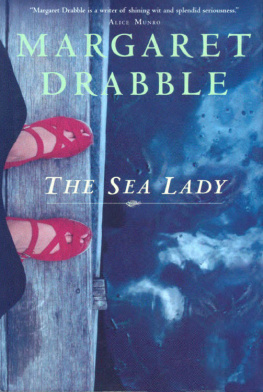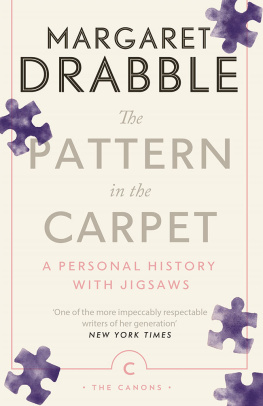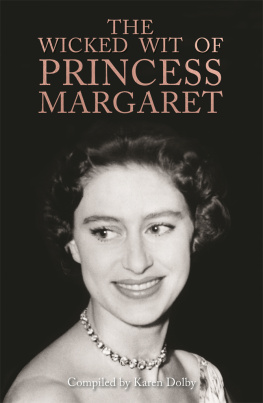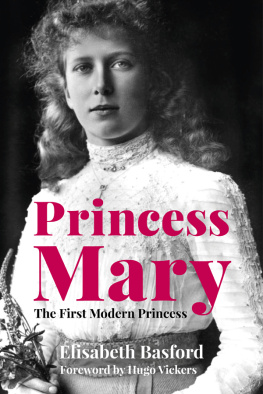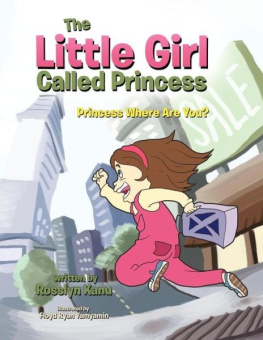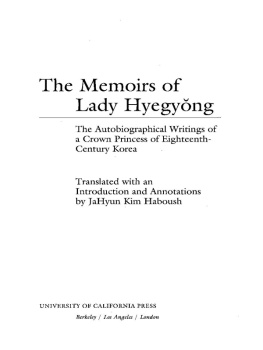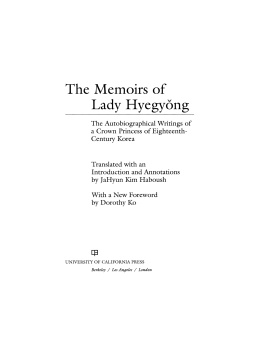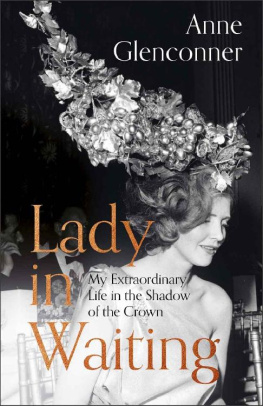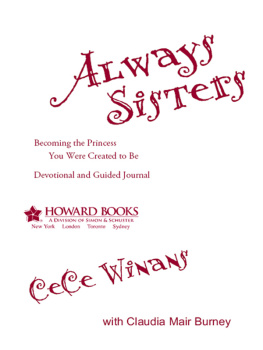
The Red Queen
By the Same Author
FICTION
A Summer Bird-Cage
The Garrick Year
The Millstone
Jerusalem the Golden
The Waterfall
The Needles Eye
The Realms of Gold
The Ice Age
The Middle Ground
The Radiant Way
A Natural Curiosity
The Gates of Ivory
The Witch of Exmoor
The Peppered Moth
The Seven Sisters
OTHER WORKS
Arnold Bennett: A Biography
A Writers Britain
The Oxford Companion to English Literature (editor)
Angus Wilson: A Biography
The Red Queen
A Transcultural Tragicomedy
MARGARET DRABBLE
VIKING
an imprint of
PENGUIN BOOKS
VIKING
Published by the Penguin Group
Penguin Books Ltd, 80 Strand, London WC2R 0RL , England
Penguin Group (USA) Inc., 375 Hudson Street, New York, New York 10014, USA
Penguin Books Australia Ltd, 250 Camberwell Road, Camberwell, Victoria 3124, Australia
Penguin Books Canada Ltd, 10 Alcorn Avenue, Toronto, Ontario, Canada M4V 3B2
Penguin Books India (P) Ltd, 11 Community Centre, Panchsheel Park, New Delhi 110 017, India
Penguin Group (NZ), cnr Airborne and Rosedale Roads, Albany, Auckland 1310, New Zealand
Penguin Books (South Africa) (Pty) Ltd, 24 Sturdee Avenue, Rosebank 2196, South Africa
Penguin Books Ltd, Registered Offices: 80 Strand, London WC2R 0RL , England
www.penguin.com
First published 2004
Copyright Margaret Drabble, 2004
The moral right of the author has been asserted
The acknowledgements on p.354 constitute an extension of this copyright page.
All rights reserved.
Without limiting the rights under copyright
reserved above, no part of this publication may be
reproduced, stored in or introduced into a retrieval system,
or transmitted, in any form or by any means (electronic, mechanical,
photocopying, recording or otherwise), without the prior
written permission of both the copyright owner and
the above publisher of this book
A CIP catalogue record for this book is available from the British Library
EISBN: 9780141900773
The dead weep with joy when their books are reprinted.
The Russian Ark , Alexander Sokurov, 2003
Prologue
This book was inspired by a volume of court memoirs written in Korea more than two centuries ago. Unlike the heroine of the second half of this volume, I did not read the memoirs of the Crown Princess on an aeroplane at a cruising altitude of 36,000 feet. I read them sitting in the sunshine in a London garden. But, like my fictitious heroine of modern times, I was utterly engrossed by them. I have tried to describe the nature of the impact that they had on me and on Dr Halliwell. It is sheer chance that the Crown Princess came my way at all, but, once I had met her, I could not get her out of my mind. She insisted on my attention. She made me follow her, from text to text, from country to country. She seemed to be making demands on me, but it has not been easy to work out what they might or could be. Several times I have tried to ignore her promptings and to abandon this project, which has been full of difficulties, but she was very persistent.
I have turned her story into a novel, of a kind. This is because I am a novelist, and, for better and for worse, writing novels is what I do. I do not know if this is what she would have wanted. She wanted something, but this may not have been it. It may well be that she would have utterly deplored the liberties I have taken with her story. Being dead, she has not had much say in the matter. She has had no control over how her readers interpret or adapt or translate her story. All I can say is that my efforts are a homage to the power of her narration and to the bravery of her long life.They are also, of course, a homage to the most recent and most scholarly translator of the memoirs, Professor JaHyun Kim Haboush, who has rendered the original into a vivid English, and whose pioneering studies of this period of Korean history are an invaluable resource. She has devoted many years of her life to this subject, and has succeeded in giving the Lady Hyegyng a new voice in our time. She too, I think, has been somewhat haunted by the Lady Hyegyng.I feel some anxiety about the way in which I have appropriated this strange material. But appropriation is what novelists do. Whatever we write is, knowingly or unknowingly, a borrowing. Nothing comes from nowhere.I have not given a detailed account of all my deviations from and elaborations of the original material. In some aspects I have been faithful to it; in others, not. I have supplied some invention, and added some interpretations, most of which are overtly displayed as interpretations, rather than facts. There are (and have been) many possible interpretations of the story, and mine is only one of them. You will find details of sources and a bibliography at the end of this volume. I must emphasize that Professor Haboush, whose work first introduced me to this material, does not endorse my interpretation, and has had no influence over the point of view or overall tone that I have adopted, though she has offered various editorial suggestions, some of which have been followed. The responsibility for any historical mistakes or anachronisms, whether they be intentional (as some are) or inadvertent (as some will no doubt prove to be) rests with me alone. My admiration for her work is great, but I appreciate that she may wish to dissociate herself as a historian from this work of fiction and fancy.What struck me most forcibly about the memoirs, when I first read them, was the sense of the clarity of the individual self, speaking clearly and directly and personally, across space, time and culture. This seemed even stranger to me than the sensational nature of the events described, and made me ask myself questions about our modern (and postmodern) doubts about universalism and essentialism. The Crown Princess speaks with dramatic urgency, as though willing posterity to listen to her. After death, she is no longer confined by the culture that imprisoned her. She speaks out from it. She represents a peculiar version of the phenomenon of life after death. Like Dr Halliwell, I do not believe in ghosts. But I do believe that in some sense the Crown Princess is still alive.I think I am saying something more than the obvious, which is that some books outlive their authors. I do not think that I am speaking here of narrative skill, or of literary talent, although the Crown Princess had both. I believe that she was a prescient woman who lived out of time. In this postmodern age of cultural relativism, that should be an untenable belief. Nevertheless, I have felt the need to investigate it, and this book is the result.Perhaps I need to spell out my intentions, for attempting to write across cultures is dangerous and liable to misinterpretations. This is not an historical novel. The voice of the Crown Princess, which appears to speak in the first person in the first section of the novel, is not an attempt to reconstruct her real historical voice. It was originally inspired by her voice and her story, but her voice has mixed with mine and with that of Dr Halliwell, and, inevitably, with the voices of her various translators and commentators, all of whom will have brought their own interpretations to her and imposed their personalities upon her. I have not attempted to describe Korean culture or to reconstruct real life in the Korean court of the late eighteenth century. Instead, I have asked questions about the nature of survival, and about the possibility of the existence of universal transcultural human characteristics. The Crown Princess was my starting point for this exploration, but not its end. My Crown Princess is a woman who has read the works of Voltaire. It is my belief that something between the lines of her text suggests that she would have understood Voltaires attitude to religion and the monarchy very well. But this is only my belief.I do not know whether the Crown Princess loved her children, her husband or her father-in-law. I can only speculate. We know what custom dictated, but we do not know how fully custom was followed. I do not think that anybody knows. I do not know whether or not the court ladies kept pet cats, as my narrative has supposed, though I have found no evidence to the contrary. I do not even know whether magpies (which appear frequently in this text) were regarded as lucky or unlucky in Korea at this period. I devoted some time to the puzzling question of the cultural significance of magpies, but arrived at no satisfactory conclusion. Some authorities say one thing; some another. The general consensus is that in China and Korea they are considered harbingers of good news, whereas in the West, traditionally, they bring bad luck. The Crown Princess seems to regard them as a bad omen. I really do not know why that should be.In the earliest translation of the Crown Princesss memoirs, the ominous flock of birds that appears at a crucial moment in the narrative is said to be a flock of ravens, not of magpies. Ravens and magpies are related, but not identical. I do not know what birds flocked on that fatal day, but I have reason to suspect that the translation which described them as ravens was paying homage to Macbeth .
Next page

